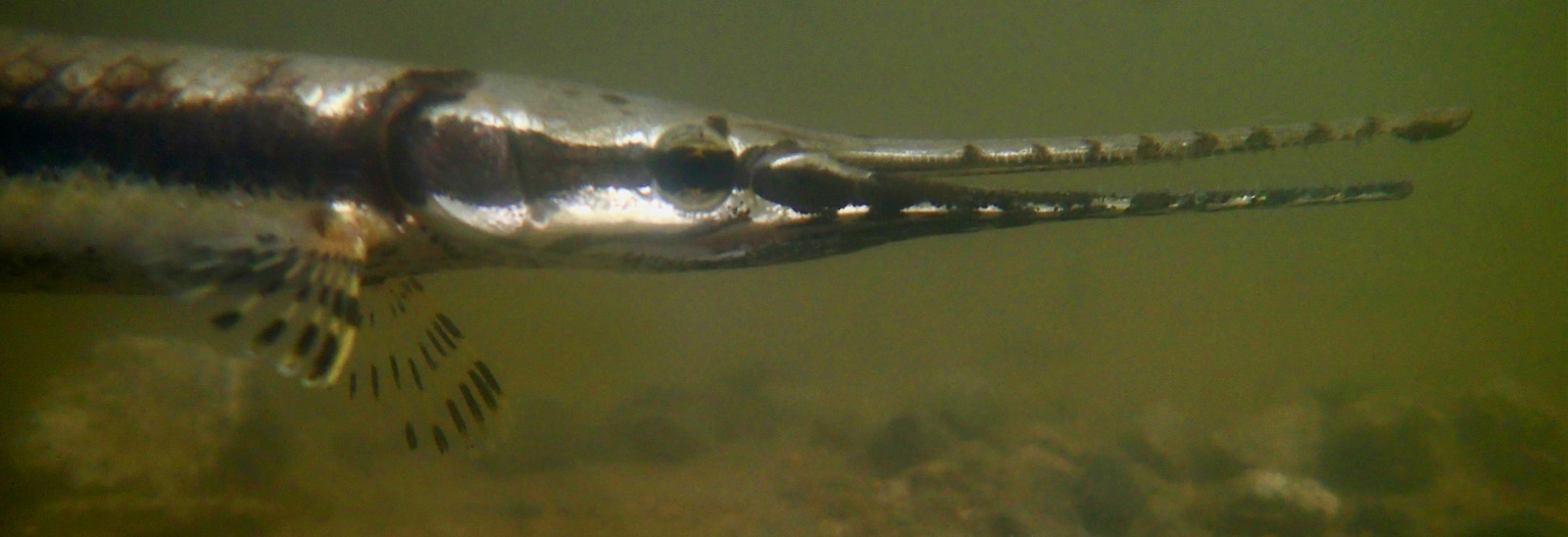
Clustered Gene Families
A pervasive feature of the vertebrate immune system is the successive duplication of tandem genes. These duplication events have led to the existence of clustered gene families of immune receptors that display disproportionately high levels of genetic variation relative to surrounding regions. The existence of multiple, highly diverse immune receptor genes provides clear benefits against the threat of infectious diseases. However, these clusters often have different numbers of genes, and/or families of genes that are unidentifiable or nonfunctional between evolutionarily divergent model species.
Fish as models
We share 70 percent of our genes with fish and several fish species are already used as model systems, including zebrafish, sticklebacks, and medaka. Advances in functional genomics now allow us to test how clustered genes contribute to everything from behavior to disease. However, translating work in fishes to humans is challenged by the fact that all of these model species contain a duplicated genome.
This genome duplication is a major problem that makes relating genetic mechanisms between humans and fish especially difficult. So how do we bridge the genetic gap between model fish and humans? Fortunately, two species of fish that reside in the waters of North America are turning out to be the missing rosetta stone we need to translate work between model fishes to humans – gar and bowfin.

Darwin's Living Fossils
Referred to by Darwin as living fossils, both gar and bowfin are ancient fish lineages that do not possess a duplicated genome. Instead they contain a mix of genes that sometimes more closely resemble those in humans or chicken rather than fish!
Working closely with Jeff Yoder at the NC State Veterinary School a major aspect of our comparative immunogenetic work is empowered by investigating genes relevant to human immune function also shared by these species. Our goal is to understand the functional consequences of gene duplications in these clusters, and ultimately develop an understanding of how this genetic diversity contributes to organismal health and disease
Current Research Initiatives
- The diversification vertebrate innate immune receptors
- CD300s as a model of clustered gene family evolution
- Assessing population-level immunogenetic variation
- The immunome of Antarctic fishes
- The role of ecology in shaping marine fish immune receptor diversity
